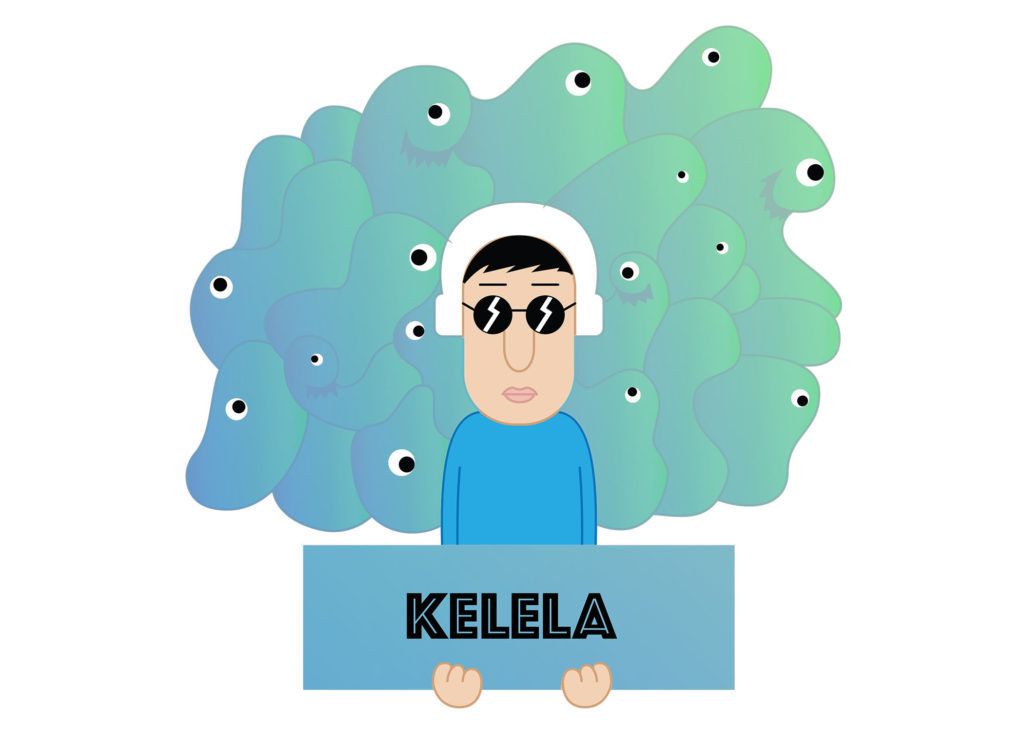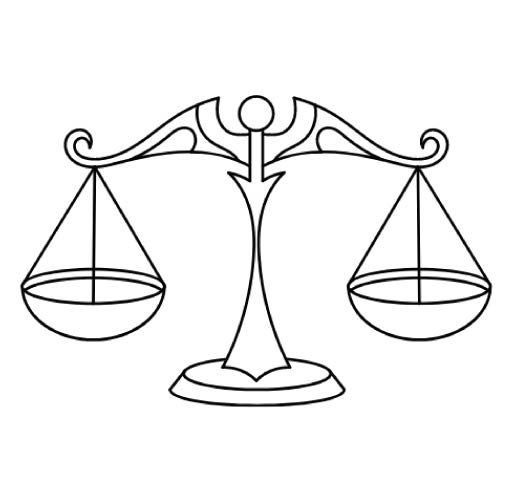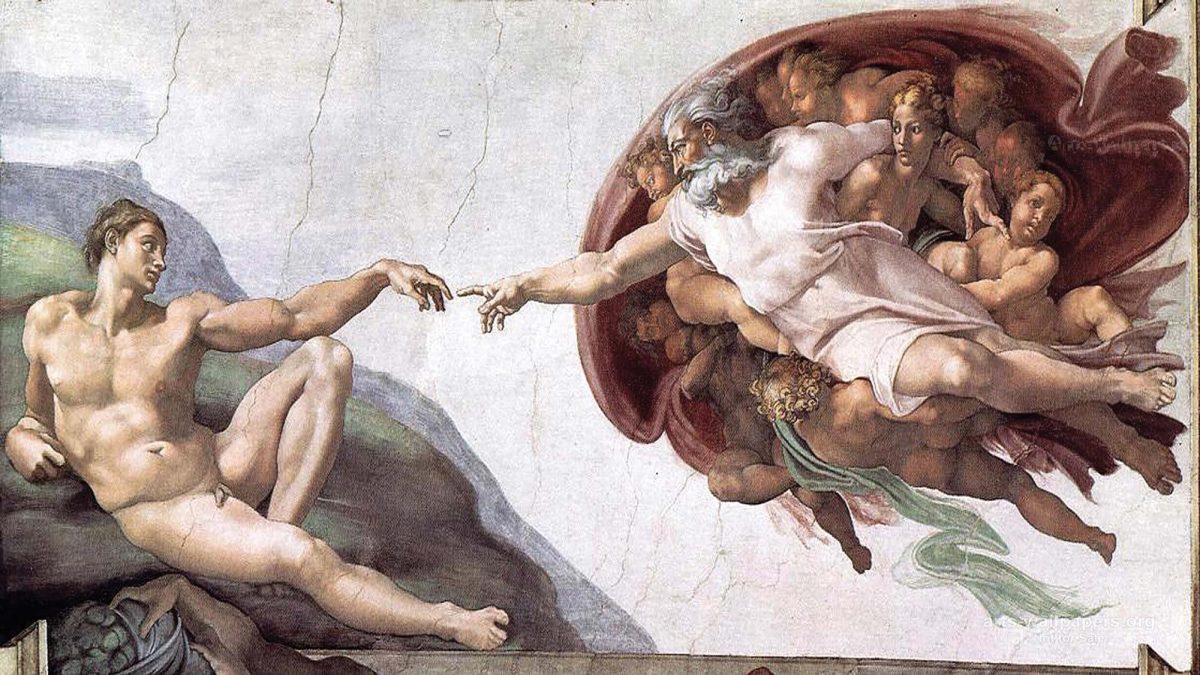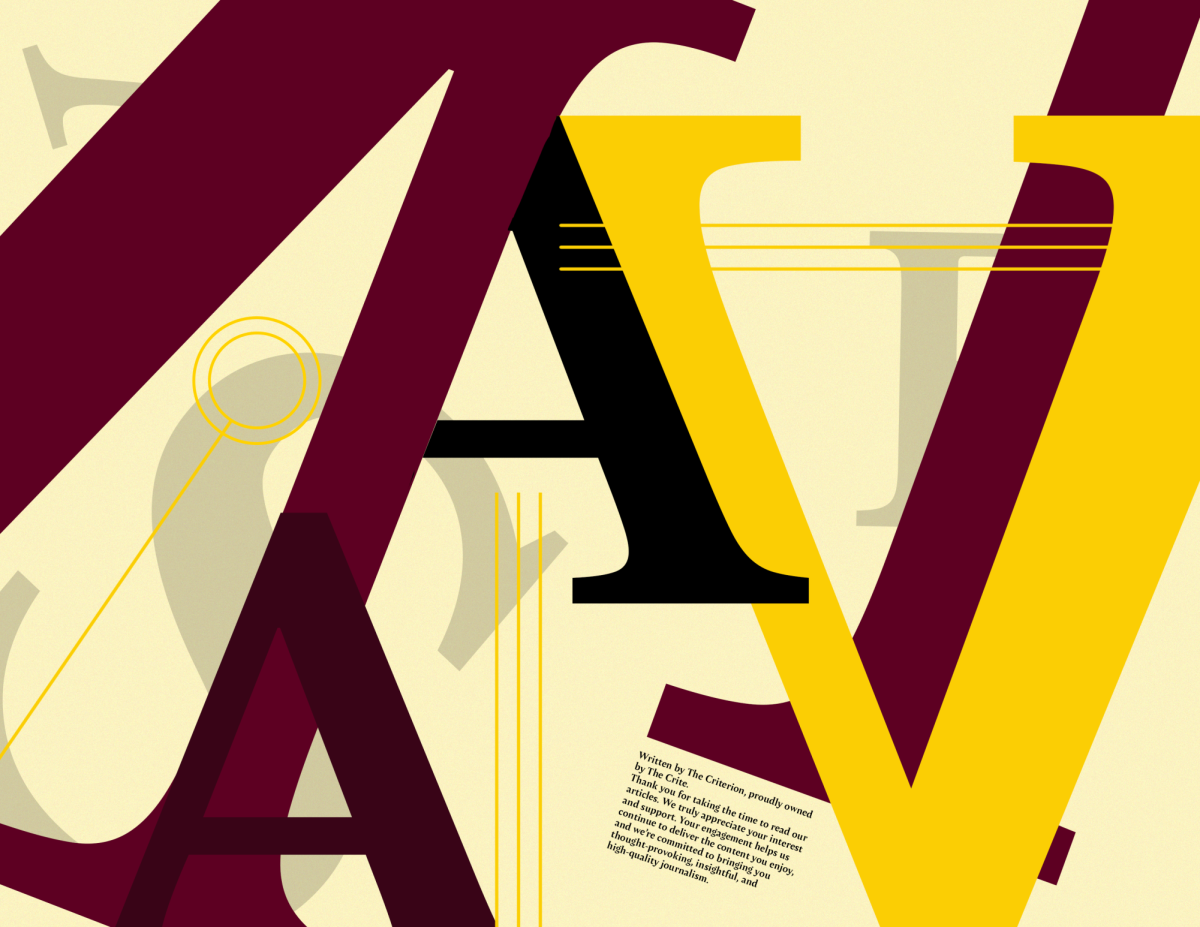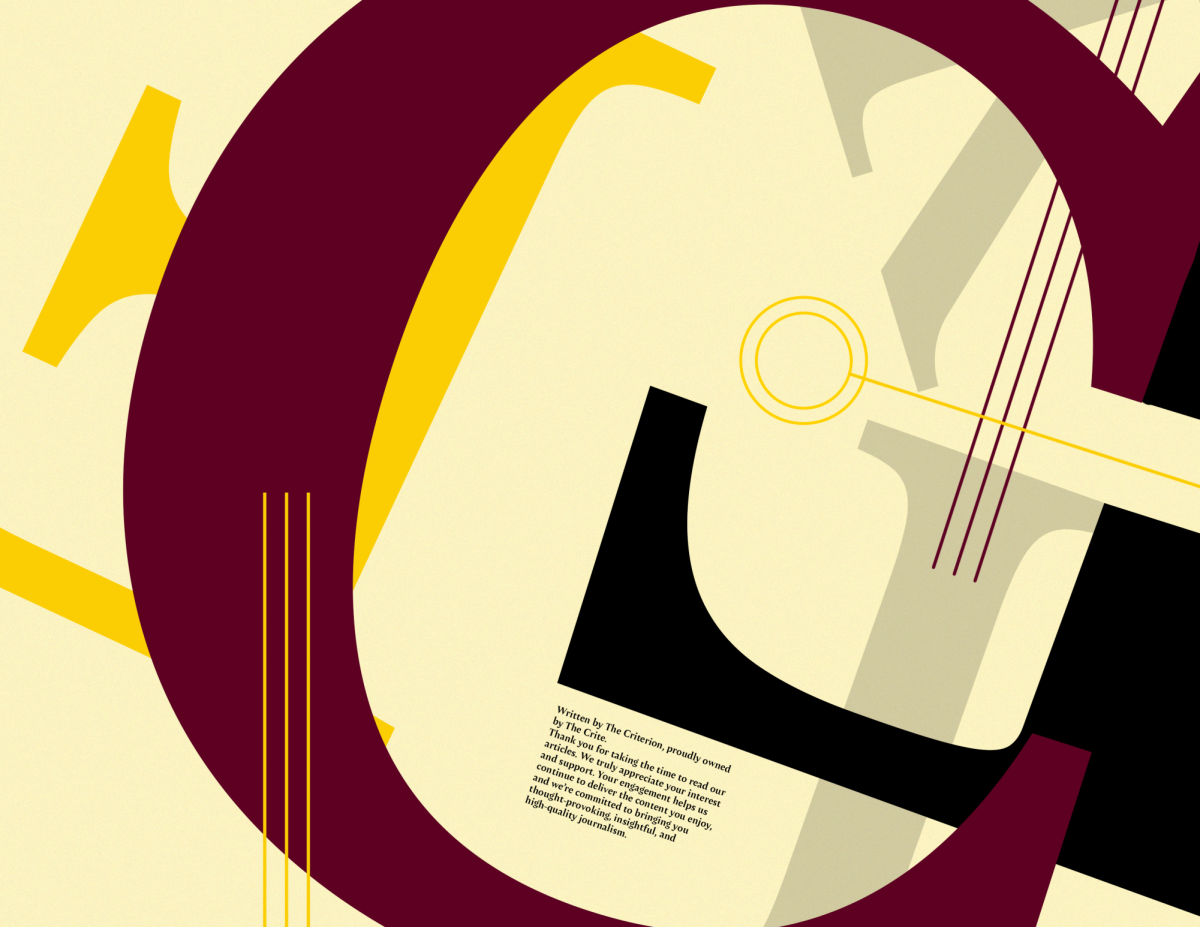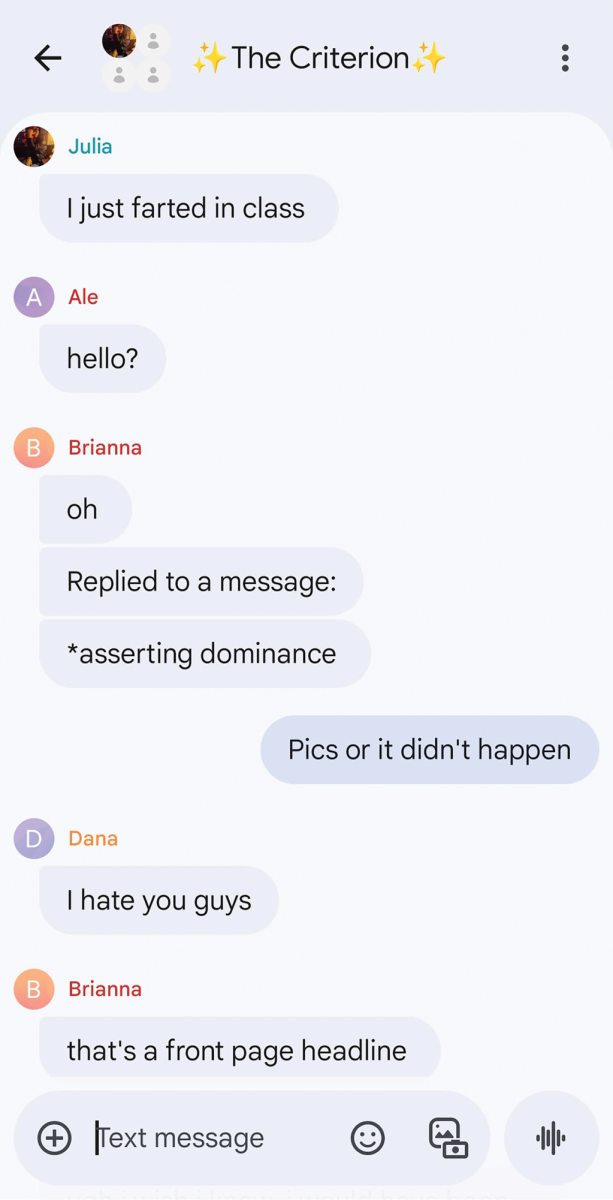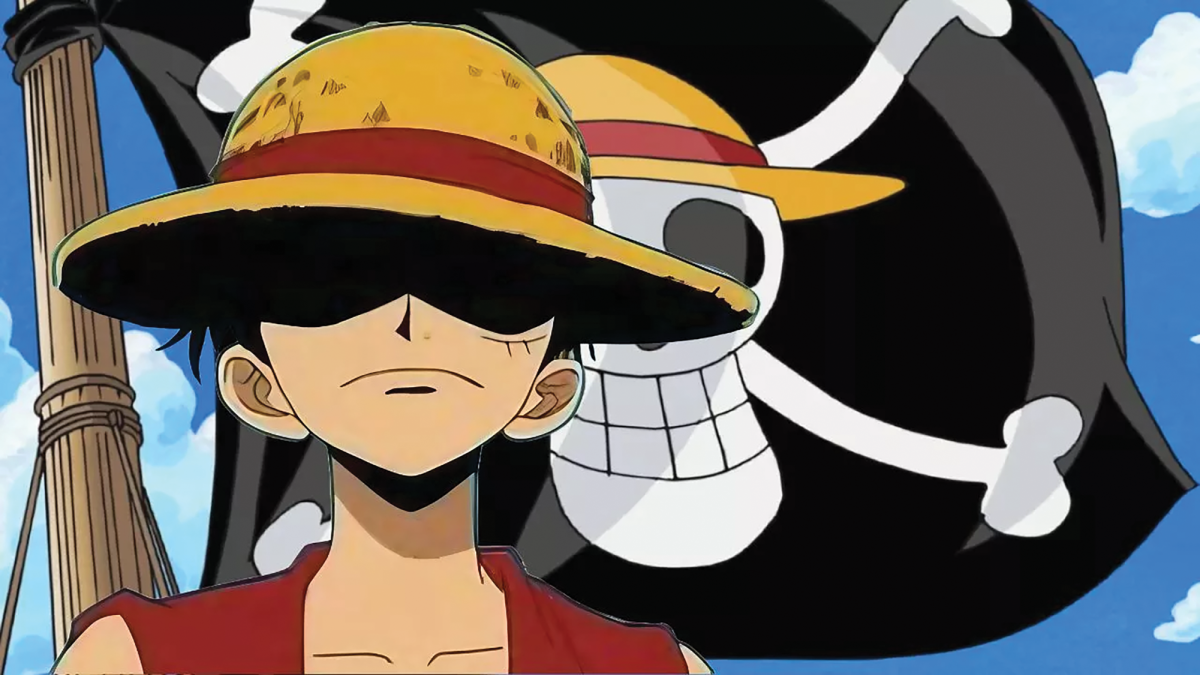I chose to get a minor, and later a major, in graphic design to pair with a mass communications degree, figuring that getting experience with design would help out my job aspirations in television and video production.
Stepping into the classroom on the first day of graphic design class was a little intimidating. I hadn’t tried seriously drawing in my life and the majority of the class had been drawing for years and were way further ahead in terms of skills.
Professor Suzie Garner runs the art department and teaches illustration classes, while Professor Eli Hall runs the graphic design program. In contrast to the relatively free-flowing degrees of mass communications and others such as business or science, the graphic design program is a well-oiled machine that dictates exactly what classes students will be taking every single year.
Get ready to be around the same 17-18 people for four years straight. Make sure you befriend them, as they will be your lifelines as classes get harder. Starting in relatively light and easy classes in 2D Design, 3D Design, and Design-It, the program takes a heel turn in Graphic Design 1, where Professor Hall, or “Eli,” as everyone calls him, cranks up the pressure with Adobe Bootcamp and challenging assignments.
The program is probably most infamous for the “Hell Semester,” which is comprised of Graphic Design II and Illustration I, usually with Hall. Those who have great time management or strong discipline can probably get by with a relatively normal sleep schedule, but for those who are slow workers or not great with time– primarily me –it’ll be a massive race to stay caught up. Once I fell behind the second or third week, I was behind on sleep the rest of the semester.
A common thought about the arts is that it’s primarily drawing. To be fair, there are six primary illustration courses, not including Foundation Drawing, required for the degree. However, further on there are plenty of other topics that get pushed, such as two typography classes, a few different user experience courses focusing on HTML/CSS, and a few electives including Letterpress and Screen Printing.
Although, this meat-grinder of a degree and industry is highly rewarding after all the stress and sleep deprivation. For example, after finishing Typography 2, students will have created two typefaces available to install and type with on any computer, in addition to a portfolio website, social media and tons of other illustration and layout work.
Another rewarding part of the graphic design degree is the sheer amount of opportunities available to students. Horizon Magazine, a student compendium of design and journalism work published on campus every semester, usually has an Art Director in the program. A similar student publication, The Literary Review, also usually has a designer in the program. This doesn’t take into account Mesa Emerging Designers, a student club for design work, or many other opportunities readily available.
Having sung the praises of the degree, I’m still not sure I could do it again. While many of the projects were challenging and fun, for someone like me with minimal illustration skills beforehand, the abundance of illustration projects can be a nightmare, or at least they forced me to grow up fast and get some drawing skills ASAP.
Those 17-18 people I’ve been in the program with for the past three years are some of my best friends, and I have no doubt I’ll stay in touch with many even after graduation. I know most of them way too well, and the close-knit family made in this degree is an awesome support network, even if not everybody will get along the entire time– especially if no sleep was had the previous night.






